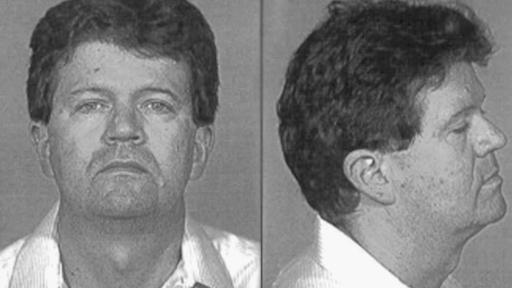On April 28, 1973, 22-year-old Frederic Alan Spencer was murdered inside the home he shared with two other roommates, forcing residents of Orono, Maine, to witness a horrifying crime. Interestingly, Frederic’s body was discovered in the neighbouring Bird Stream Forest about three days after the murder, starting a homicide inquiry that would take years to identify the killer. The book “Last Call: When a Serial Killer Stalked Queer New York” details Frederic’s murder and even shows how the neighborhood’s law enforcement made an effort to solve the case. Let’s investigate the specifics of the crime to learn more, shall we?
How Did Frederic Alan Spencer Die?
Frederic Alan Spencer, a native of Orono, Maine, was only 22 years old when the murder occurred. The majority of those who know Frederic characterised him as a caring and compassionate person who was always willing to lend a helping hand and treated everyone with love. He was a PhD student at the University of Maine and shared a home with three other housemates. In addition, he was known to get along well with his roommates, and neither their landlord nor their neighbours observed anything unusual in the days before the crime.
While Frederic was killed on April 28, 1973, his remains were found on May 1 by a few cyclists pedalling through the nearby Bird Stream Forest. The authorities were able to identify him as Frederic despite the fact that the body was in a condition of decay thanks to a key they discovered in his pocket that opened a nearby letterbox. Frederic was repeatedly struck with a blunt, heavy item, like a hammer, before the killer asphyxiated him to death, according to an autopsy. A brief check of Frederic’s home revealed that the deceased was slain there before being taken to the forest, and such evidence obviously pointed towards a homicide. Authorities were also successful in locating the blunt object, which sped up the inquiry.
Who Killed Frederic Alan Spencer?
After conducting a thorough search of Frederic Alan Spencer’s home, the police discovered that he lived there with three other people. Richard Rogers, one of those housemates, ultimately came to regret allowing the cops into his room. Authorities were shocked to discover numerous blood stains on the wall and a bloody footprint on the floor when they returned with a warrant and discovered the scene. In addition, the authorities discovered multiple bloody fingerprints on the door, and the blunt murder weapon, a hammer, was seized from the same room. This immediately made Richard a suspect, and when the police brought him to the station to be questioned, he quickly confessed to the killing.
Frederic allegedly attacked Richard with a hammer, but Richard insisted that he murdered him in self-defense. Frederic was charged with murder despite his assertion that he acted in self-defense, and the police were fairly certain they would succeed in convicting him. After all, the defendant was connected to the crime by forensic evidence and a murder weapon. But in an unexpected turn of events, the jury decided to believe Richard’s claim of self-defense, and he was freed after being exonerated of all charges. Sadly, that was the last we heard of the case because the investigation quickly came to an end.
Richard Rogers relocated to New York City in the interim and finished his nursing education at Pace University before obtaining a master’s in science. Additionally, according to accounts, he was detained in 1988 on suspicion of assault, however the charges were eventually dropped. In any case, between 1991 and 1993, four gay men—namely, Peter Stickney Anderson, Thomas Richard Mulcahy, Anthony Edward Marrero, and Michael J. Sakara—mysteriously disappeared from well-known piano bars throughout the city, causing dread to sweep through New York. Additionally, in the states of Pennsylvania, New Jersey, and New York, the dismembered remains of these males were later found in trash cans.
The authorities quickly discovered multiple fingerprints and palm prints from the garbage bag containing Peter Anderson’s remains, even though these killings are now known as the “Last Call Killings.” At first, the system did not recognise anyone with these prints, and the case was in risk of being closed. But soon after, a guy went to the police and said that a male nurse had attacked him and tried to tie him up after enticing him to his home. The police decided to step up their search for the murderer as a result, and after sending the prints to various states, they discovered that Richard Rogers from Maine was a perfect match.
Richard was then detained, and despite his denial of a plea agreement, the jury nevertheless found him guilty of killing Thomas Richard Mulcahy and Anthony Edward Marrero, earning him two consecutive life sentences in 2005. Readers should be aware that Richard has never been accused or found guilty of killing Frederic, even though he is presently serving time in prison at the New Jersey State Prison in Trenton, New Jersey and is ineligible for parole.



